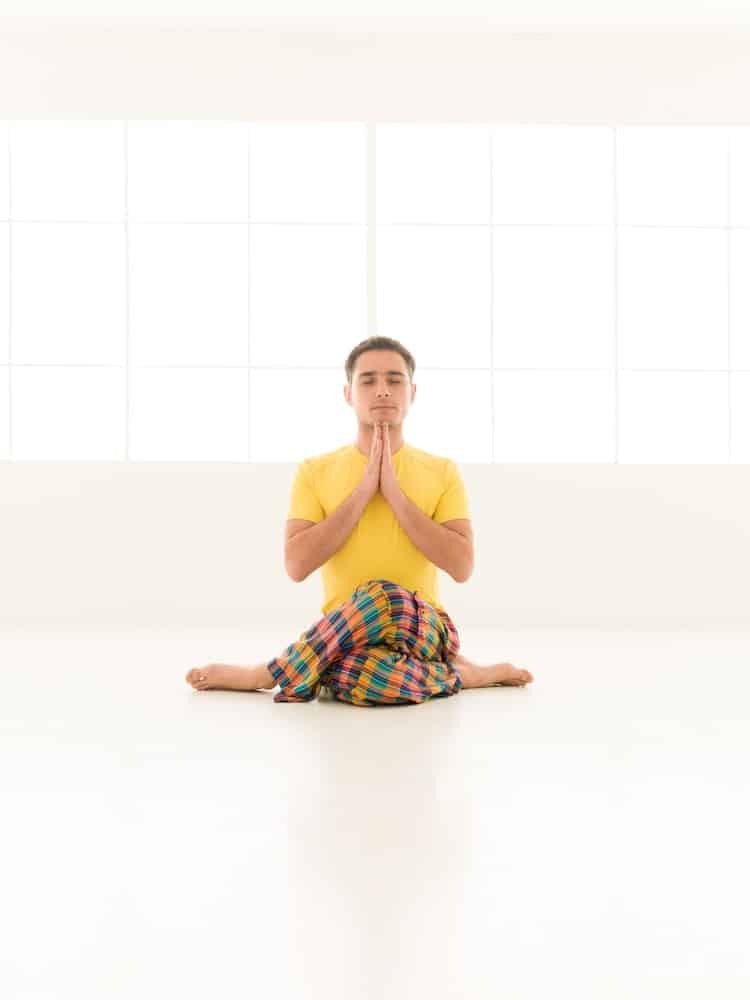Osteoarthritis is a chronic condition that causes joint pain and inflammation, especially in the knees. It is a common health issue faced by millions of people worldwide. When you have arthritis, exercising might seem like a challenge due to the pain and stiffness in your joints. However, you should know that there are several low-impact cardio exercises that can not only help you maintain your body health but also alleviate the symptoms of osteoarthritis. This article delves into the best and most effective exercises that you can incorporate into your training routine, focusing on low-impact cardio workouts that are kind on your joints.
The Importance of Exercise for People with Osteoarthritis
Exercise is vital for everyone, and for people who have osteoarthritis, it holds even more significance. Regular physical activity can help in managing pain, improving joint mobility, increasing muscle strength, controlling body weight, enhancing balance and reducing the risk of other health problems.
Cela peut vous intéresser : What Are the Psychological Benefits of Volunteering in Wildlife Conservation?
Low-impact exercises, in particular, are ideal for individuals with osteoarthritis, as they exert less stress on the joints, especially the knee, compared to high-impact exercises. Cardio workouts are also beneficial as they enhance heart health, increase energy levels, and help in controlling body weight.
Walking: A Simple and Effective Low Impact Exercise
Walking is often underrated, but it is one of the most beneficial low-impact cardio exercises for individuals with osteoarthritis. It is easy to incorporate into your daily routine, and it doesn’t require any special equipment or training. Walking helps in maintaining body weight, improving cardiovascular health, and managing arthritis symptoms.
En parallèle : How Can We Use Digital Phenotyping to Predict Mental Health Crises?
Moreover, walking is a versatile activity as you can adjust the pace as per your comfort. Start with a slow pace and gradually increase it as you get comfortable. Remember, it’s not about how fast you walk, but how consistently you do it.
Low-Impact Aerobics: Making Exercise Fun
Low-impact aerobics can be another excellent addition to your exercise routine. These exercises are performed with one foot on the ground, reducing the impact on your joints. They can increase your heart rate, thereby providing a good cardio workout, without causing any significant strain on your knees.
Whether you join an aerobics class or follow a video at home, low-impact aerobics can make exercise more fun. You can try step aerobics, water aerobics or simple aerobic dances. Just ensure to wear supportive shoes to minimize the pressure on your joints.
Water-Based Exercises: Gentle on Joints
Exercises performed in water, such as swimming and aqua aerobics, are particularly beneficial for people with osteoarthritis. The buoyancy of the water supports your weight, reducing the impact on your joints. It also provides resistance, which helps in strengthening your muscles.
Swimming offers a full-body workout, improving both your cardiovascular and muscular health. Aqua aerobics, on the other hand, are designed to improve heart health. You can perform these exercises in a pool, under the guidance of a trained instructor.
Cycling: A Low-Impact Cardio Alternative
Cycling, whether on a traditional outdoor bike or a stationary indoor one, is an excellent low-impact cardio exercise for those with osteoarthritis. It strengthens the muscles in your lower body, especially around the knees, which can help in reducing arthritis pain.
Cycling has the additional benefit of being adaptable to your fitness level. You can adjust the resistance and speed according to your comfort. Moreover, cycling outdoors can also provide a change of environment, making the exercise more enjoyable.
Remember, it’s crucial to listen to your body while exercising. Start slowly and gradually increase the intensity as your body adjusts. Also, consult your healthcare provider before starting any new exercise regimen, especially if you have osteoarthritis or any other chronic health condition. Always prioritize your comfort and safety above all.
Tai Chi: A Mind-Body Approach to Exercise
Tai Chi, an ancient Chinese martial art, is another low-impact exercise proven beneficial for people with osteoarthritis. This art form involves slow, controlled movements and deep breathing, which aids in reducing stress and promoting relaxation. Tai Chi focuses on improving balance, flexibility, and muscle strength, especially around the knees – making it an ideal choice for those dealing with knee arthritis.
This form of exercise is often referred to as "meditation in motion," allowing you to focus your mind, reduce anxiety, and connect with your body. Tai Chi is gentle on the joints, thus ensuring a lower risk of injury or joint pain exacerbation.
A typical Tai Chi class is about an hour long and involves a series of postures that flow together without pause, making it a good cardio workout. These postures or forms are designed to increase range of motion, making them especially beneficial for people with restricted joint movement due to arthritis.
Remember, it’s best to start learning Tai Chi under the guidance of a trained instructor. They can demonstrate the correct postures, ensure you’re performing them accurately, and adapt the exercises to suit your condition and ability.
The Role of a Physical Therapist in Managing Osteoarthritis
Incorporating low-impact workouts can make a significant difference in managing arthritis pain. However, while these exercises can be performed independently, it’s often beneficial to consult a physical therapist. They can provide specific, personalized exercises that cater to your unique needs and limitations.
A physical therapist can guide you to perform exercises correctly, minimizing any risk of injury. They can also help you set realistic goals, monitor your progress, and adjust your exercise routine as needed.
If you’re new to physical activity or are experiencing a high level of pain, your therapist may start you on gentle, range-of-motion exercises before gradually incorporating low-impact cardio workouts. They can also provide advice on managing your arthritis pain, such as heat or cold therapy, pain management techniques, and assistive devices.
Remember, it’s crucial to communicate openly with your physical therapist about your pain levels, any challenges you’re facing, and your expectations from therapy. This will enable them to provide the most appropriate and effective treatment plan for you.
Conclusion: Stay Active, Stay Healthy
Osteoarthritis may make physical activity challenging, but it’s not impossible. With a variety of low-impact cardio exercises available, those living with arthritis can effectively manage their symptoms, enhance their overall health, and maintain an active lifestyle.
From walking and cycling to practicing Tai Chi or water-based exercises, the options are diverse. With a focus on reducing arthritis pain, improving joint flexibility, and boosting heart rate, these low-impact exercises are designed to be gentle on the joints without compromising on the health benefits.
Remember, consistency is key. It’s not about how intense your workout is, but rather how regularly you exercise. Start slow, listen to your body, and gradually increase the intensity as your body allows. It’s also essential to consult your healthcare provider or a physical therapist before starting any new exercise regimen.
Living with osteoarthritis may be challenging, but with the right approach to exercise, you can lead a healthy, active lifestyle. Keep your heart healthy, your joints flexible, and your spirits high. After all, an active body fosters an active mind.






